The world population now stands at 78 billion inhabitants having reached the 7 billion milestone in 2011. In the World Population Policies Database the UN Population Division provides a comprehensive overview on government attitudes and policies towards demographic trends.
This was due to the worlds population exceeding 6 billion by 1999.
Global population trends. By 2100 it is expected to increase to 909 million nearly seven. Migrants contributed 67 trillion US dollars to global GDP in 2015 a share of 94 of the total global GDP that year. 74 Zeilen The current population of World in 2021 is 7874965825 a 103 increase from 2020.
The world population growth rate declined from 22 per year 50 years ago to 105 per year. The global population trends have been of a major concern to World Governments Organizations and Scientific bodies. Trends Global growth.
UNHCRs Global Trends report is an annual publication that examines recent developments in forced displacement around the world. See also Population of the World. UNHCR counts and tracks the numbers of refugees internally displaced people people who have returned to their countries or areas of origin asylum-seekers stateless people and other populations of concern to UNHCR.
The UN projects that the global population increases from a population of 77 billion in 2019 to 112 billion by the end of the century. UN 2015 World Population Policies Database. Demographers expect the 8 billion milestone in 2023 with global population projected to reach 9 billion by 2037 and 10 billion by 2056.
By that time the UN projects fast global population growth will come to an end. 11 Zeilen The mapping of global trends in population growth from 200510 shows four distinct patterns. Data World Population Prospects main page.
The world population increased from 1 billion in 1800 to 77 billion today. More than half of this increase is projected to come from Nigeria the Democratic Republic of the Congo Tanzania Ethiopia and Angola along with one non-African country Pakistan. Globally the number of persons aged 80 or over is projected to triple by 2050 from 137 million in 2017 to 425 million in 2050.
United Nations demographers have been anticipating since last year that the worlds population may stop growing by 2100 as fertility rates decline projecting a peak of 10. In 2011 the global population reached the 7 billion mark and today it stands at about 76 billion. Although there has been a drastic population growth the trend has been non-uniform in.
The 2019 population density in the World is 52 people per Km 2 134 people per mi 2 calculated on a total land area of 148940000 Km2 57506032 sq. The world population has more than doubled since the 1960s exceeding 7 billion in 2013. This dramatic growth has been driven largely by increasing numbers of people surviving to reproductive age and has been accompanied by major changes in fertility rates increasing urbanization and accelerating migration.
The global population is expected to grow by about 31 billion people between 2020 and 2100. These data are kept. Global Trends is published every year to analyze the changes in UNHCRs populations of concern and deepen public understanding of ongoing crises.
The World Population Prospects is a flagship publication of the United Nations Department of Economic and Social Affairs. 2 It will continue to grow but at a slower rate reaching 83109 billion by 2050 with a medium variant 9 of 96 billion 2 depending on the policies pursued today. Beneath the global level there are of course big.
 Fertility Mortality Migration And Population Scenarios For 195 Countries And Territories From 2017 To 2100 A Forecasting Analysis For The Global Burden Of Disease Study The Lancet
Fertility Mortality Migration And Population Scenarios For 195 Countries And Territories From 2017 To 2100 A Forecasting Analysis For The Global Burden Of Disease Study The Lancet
Diverging Global Population Trends Gmt 1 European Environment Agency
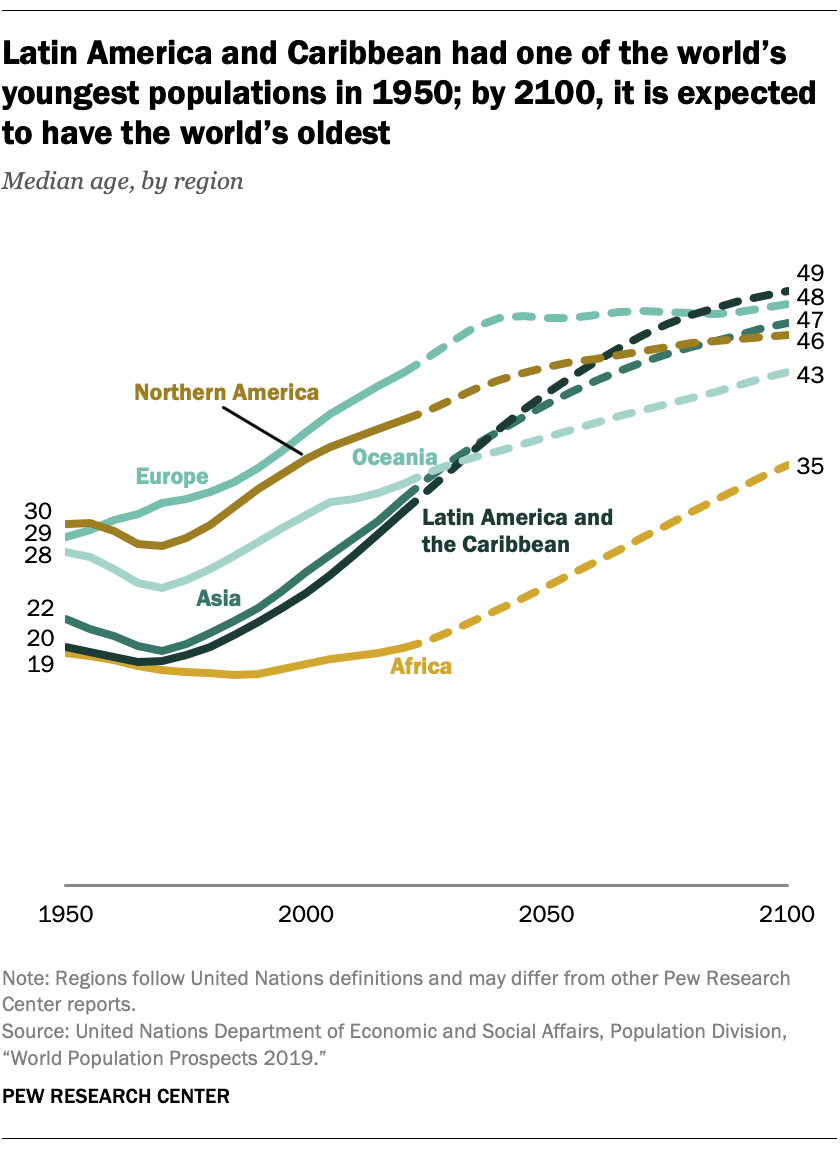 World Population Growth Is Expected To Nearly Stop By 2100 Pew Research Center
World Population Growth Is Expected To Nearly Stop By 2100 Pew Research Center
Https Population Un Org Wpp Publications Files Wpp2019 Highlights Pdf
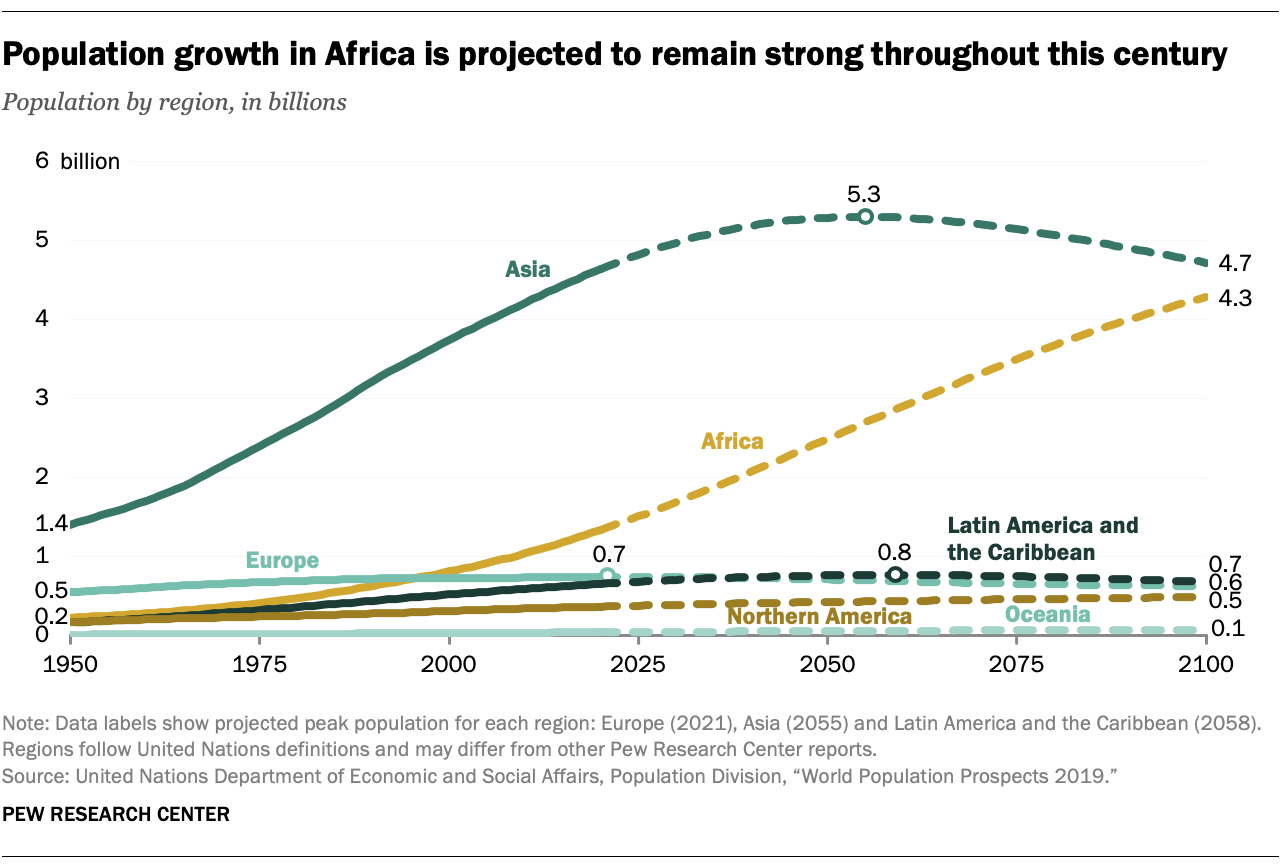 World Population Growth Is Expected To Nearly Stop By 2100 Pew Research Center
World Population Growth Is Expected To Nearly Stop By 2100 Pew Research Center
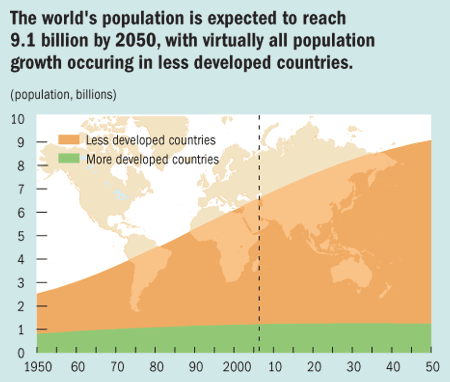 Picture This Global Demographic Trends Finance Development September 2006
Picture This Global Demographic Trends Finance Development September 2006
Future Population Growth Our World In Data
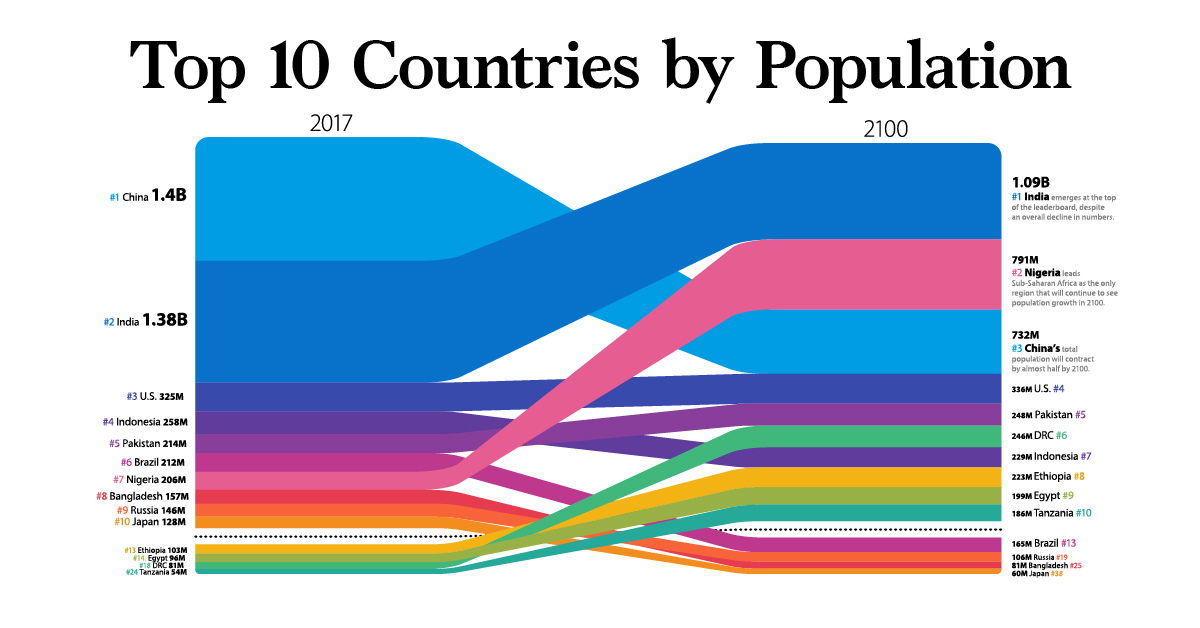 Visualizing The World Population In 2100 By Country
Visualizing The World Population In 2100 By Country
World Population Growth Our World In Data
 Future Population Growth Our World In Data
Future Population Growth Our World In Data
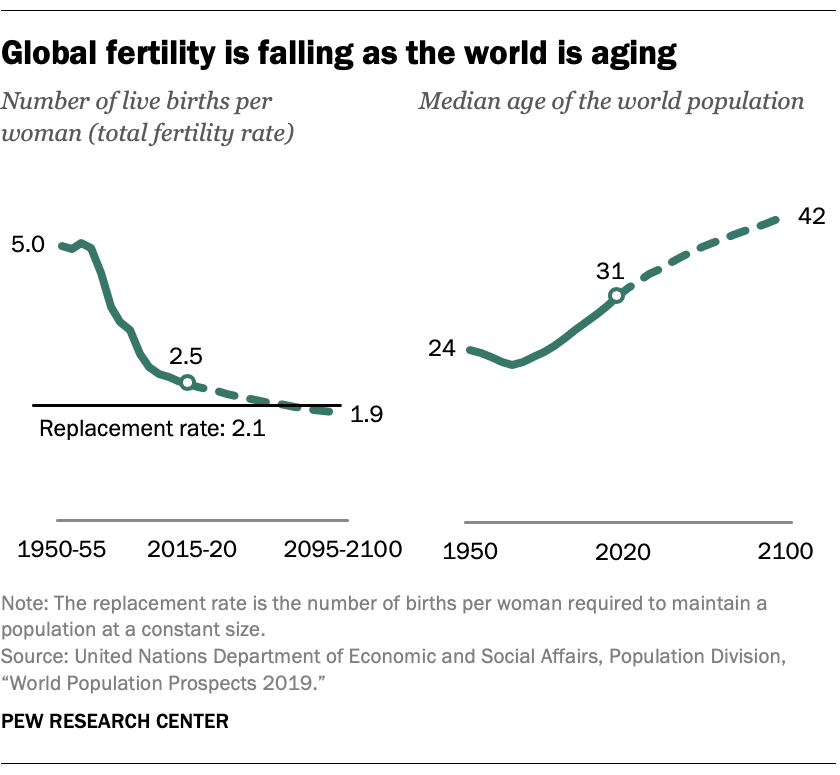 World Population Growth Is Expected To Nearly Stop By 2100 Pew Research Center
World Population Growth Is Expected To Nearly Stop By 2100 Pew Research Center
World Population Growth Our World In Data

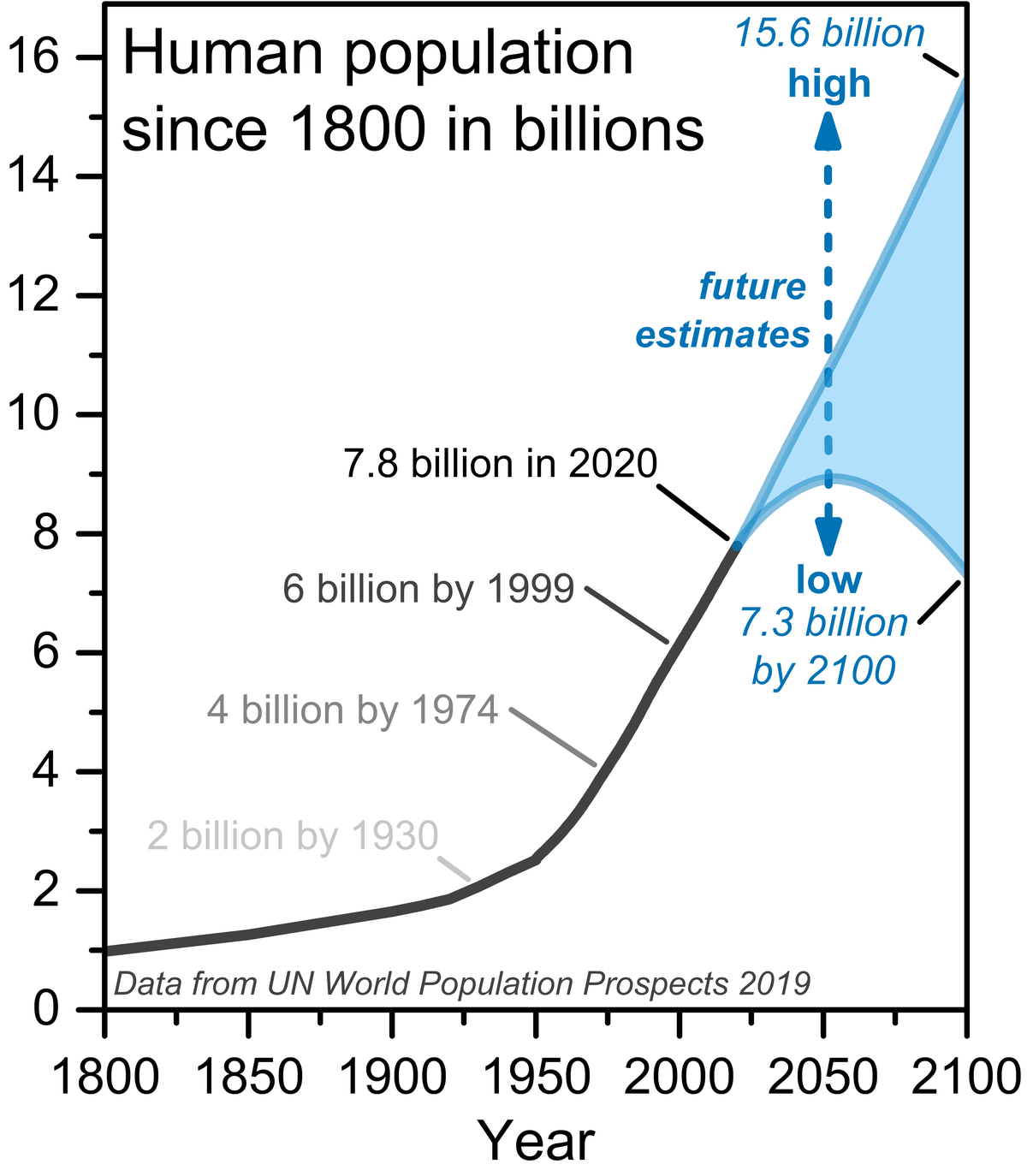

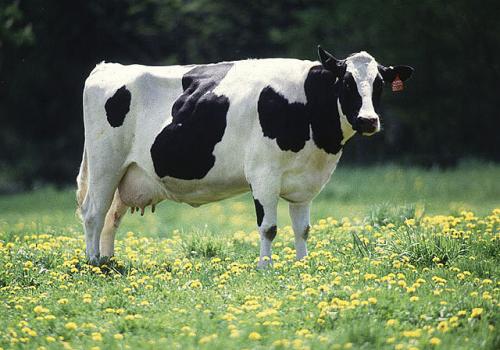
No comments:
Post a Comment
Note: Only a member of this blog may post a comment.